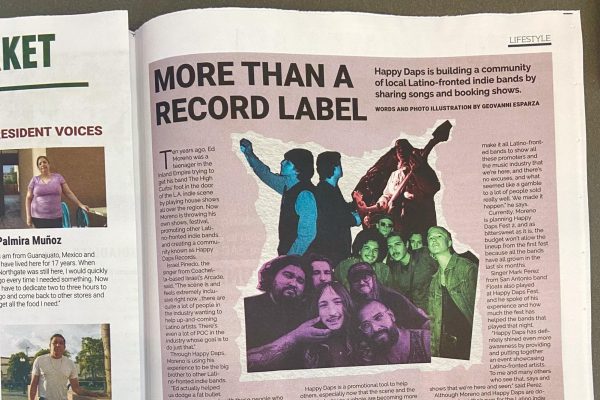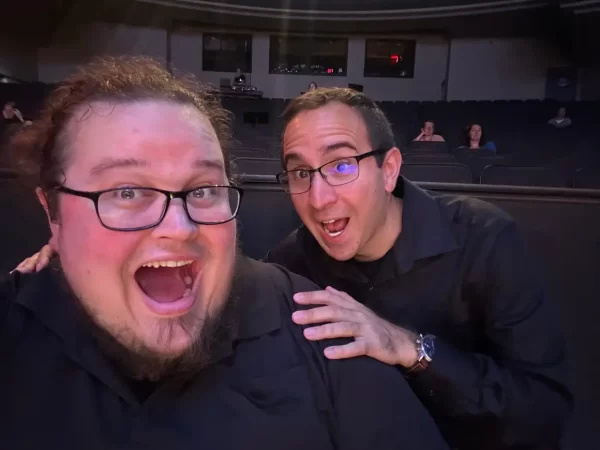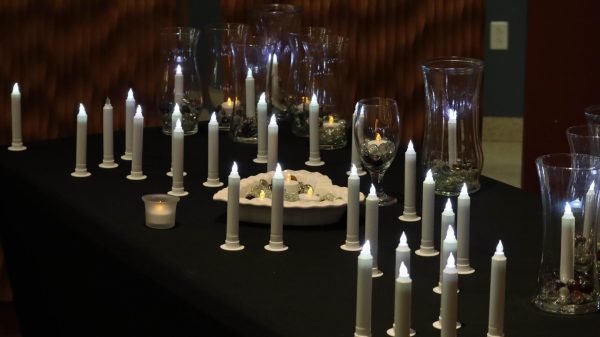Clowns Terrorize Citizens Across America
October 18, 2016
For many people, fall brings crisp mornings, thoughts of Halloween and leaves falling off trees. However, this autumn, the spookiness of Halloween has come a bit early, in the sinister form of clowns. The trend of dressing up as a clown to scare people is not something new; the trend is fairly common in the south. Starting earlier this year in South Carolina, people would dress in clown costumes and stand on the edge of forests, trying to beckon mostly children to come to them in exchange for candy. Dressing like a clown has started spreading like an epidemic. Just last Wednesday, the Elgin Community College police were notified of a clown sighting on the edge of Lot H.
Often the clowns, according to arrest records, were young men seeking attention through social media. Some cases are also likely to be false reports to bring attention to the person reporting.
Dr. Shawn Mikulay, a professor of psychology at ECC, comments about the recent clown trend.
“Trends come and go. Planking has faded. Batmanning has faded. I haven’t seen anyone wearing a horse head mask in a while,” said Mikulay.
As Mikulay previously said, these types of trends come and go; more often than not it’s copycats seeking attention on social media to get recognition. The main distinction between trends and prank-trends is that sometimes, prank-trends can be in clear violation of the law and can not only harm the person being pranked, but the pranker as well.
Some students were also concerned about the recent clown sightings but most seemed to not really care about it. Many of the sightings were false reports or photoshopped pictures, such as the photograph circulating around Twitter over the last week, showing a clown standing outside the baseball fields of Saint Charles North High School.
Second year ECC Student Ivan Knudson said [he] “was not afraid of the clowns themselves,” and that “it’s now a borderline cult going around to just scare people.” He also commented how the clown pranks “[have] made it harder to distinguish actual crazy people with those just going out to scare someone.”
Also concerned about the recent clown sighting includes ECC Chief of Police Emad Eassa, who remained calm when talking about the clowns around the area. Eassa was aware of the sightings of clowns from a system called STIC which sent him an alert the day people all of these clowns came out.
“We got an alert the night before from our “Statewide Terrorist Info Center” that came through the night before to all officers to keep an eye out for these clowns,”said Eassa.
The ECC police are always on strong patrol, no matter the trend that is going on in the world.
However, ECC did not make it through without one person calling in about a clown sighting. Last Wednesday, at around 9:35 a.m., a student called into the ECC police department, referencing to a corner near Building H in the wooded area.
When police arrived, however, the clown was reportedly gone. Nothing more came from the sighting than the small detail of the clown reportedly carrying a red bag.
The ECC police did not take any chances.
“No matter what situation is going on we want to make the students our first priority,” said Eassa.
Overall, his message was clear: please don’t dress up as a clown.
With Halloween coming up soon, exercise good judgement when deciding on a good costume. If students do plan on wearing costumes to school, it is important to make sure it falls within the student guidelines.
If you plan to wear a costume for Halloween this week, please do not wear any type of mask or face paint that conceals your face. We also request that you do not possess or use any type of prop that resembles a weapon, which could alarm others on campus. In addition, we ask that you refrain from wearing clown costumes and other inappropriate costumes that can be construed as offensive or obscene in nature to others. Your cooperation helps to ensure a safe environment for everyone on campus this Halloween.







